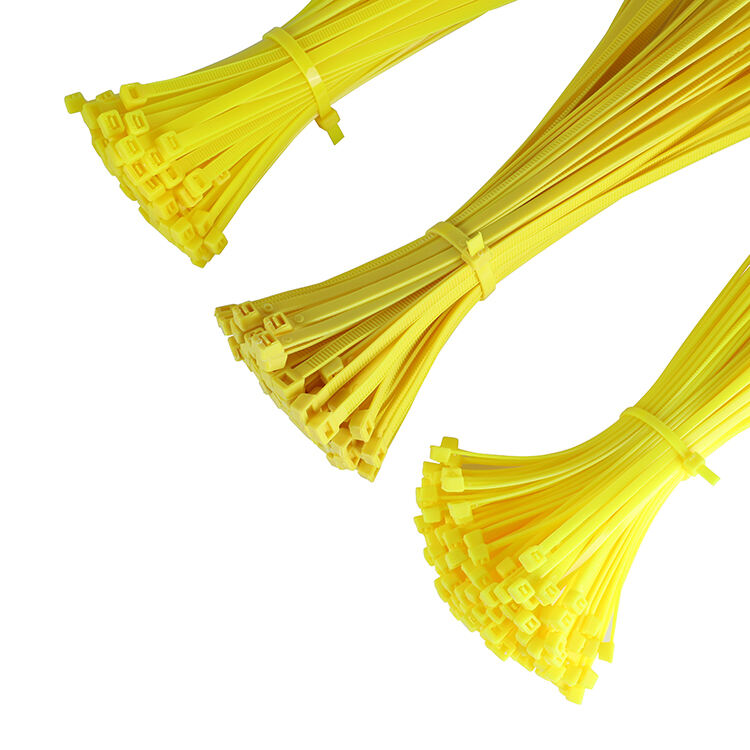The organization and management of cables has become easier due to the use of nylon cable ties. Each professional or DIYer can agree on this. However, the effectiveness and appearance of each nylon cable tie differs, so care needs to be taken during selection. In this guide, you’ll explore the notable features that serve to cater to your needs.
Form and Function
Zip or nylon cable ties are made from nylon 6/6. This is a firm and withstands diverse weather conditions. Unlike traditional cables, they offer a myriad of advantages with their various shapes, colors, and sizes. This makes zip cables useful in homes and even in industrial settings. Their best advantage is that these types of cables guarantee security; items will not move or tangle.
Main Features To Look Out For
Features they present will decide the payment versus value ratio.
Size: The length and width of zip cables also differ. As with other types of cables, their broad nature offers advantages and disadvantages. Make sure you select an appropriate size for your needs.
Strength: When using cable ties in heavy-duty operations, they should have a high tensile strength. Heavy equipment or cables that need to be secured must be fastened with ties that possess a high tensile strength.
Temperature Resistance: Nylon cable ties have some resistance to temperature extremes; however, heat and extreme cold does affect them. If you intend to use them in exceptionally hot or cold places, ensure to get them rated for those extremes.
UV Resistance: For applications that are outdoors, exposure to sunlight is an issue and so does the UV-resistant nylon cable ties. These ties are capable of enduring harsh weather without loss of strength or color.
Color and Visibility: Black is the most common, but cable ties are available in many colors including various colored cable ties. Coloring aids in ordering and labeling especially in sophisticated setups.
Home Organization: These Nylon cable ties are versatile and can be used for a variety of tasks, such as neatentertainment centers by managing the television wires and garden hoses.
Electric work: serves as a help in the organizing of electrical work because they store and keep wires together in an orderly manner. – Industrial Uses: In industry and in building spiders, nylon tie straps are used to hold hoses and wires (bundling) in a safe and organized manner.
– Automobile Industry: Nylon ties are used by mechanics to ensure that the wiring and hoses around the motor vehicle's engine bay are secured in a neat and tidy fashion.
Best Suggestions to follow when Using Nylon Cable Ties
Though the tips outlined below are the most recommended for working with nylon cable ties, you can personalize them to enhance their versatility with these suggestions:
– Avoid Over-tightening: It may sound wrong in some way, but do not try too hard to pull the tie as tight as it can because too much tightening will certainly cause damage to the cables or objects being secured.
– bevel Edges: for blunt force dissection, remove the excess length of trim in a manner that prevents sharp edges using careful incision.
– Use Several Ties for Bulky Loads: Use more than one cable tie to restrain the load when dealing with bulky items.
Shifts in Industry and Future Predictions
As the industry shifts with technological advancements, the development of smart cable ties that use RFID technology for better management and control is also in progress. Additionally, more marked efforts are put towards environmental sustainability with the growing emphasis placed on recyclable materials and eco-friendly practices. These innovations, smart cable ties and the sustainable measures, will revolutionize the organization and security of cables and the commanding future of nylon cable ties.
Meeting expectations and enhancing the efficiency and safety of the undertake entails addressing crucial factors such as size, strength, and application. Thus, gaining insight into the various types available and your specific requirements is critical in selecting the best nylon cable tie.


